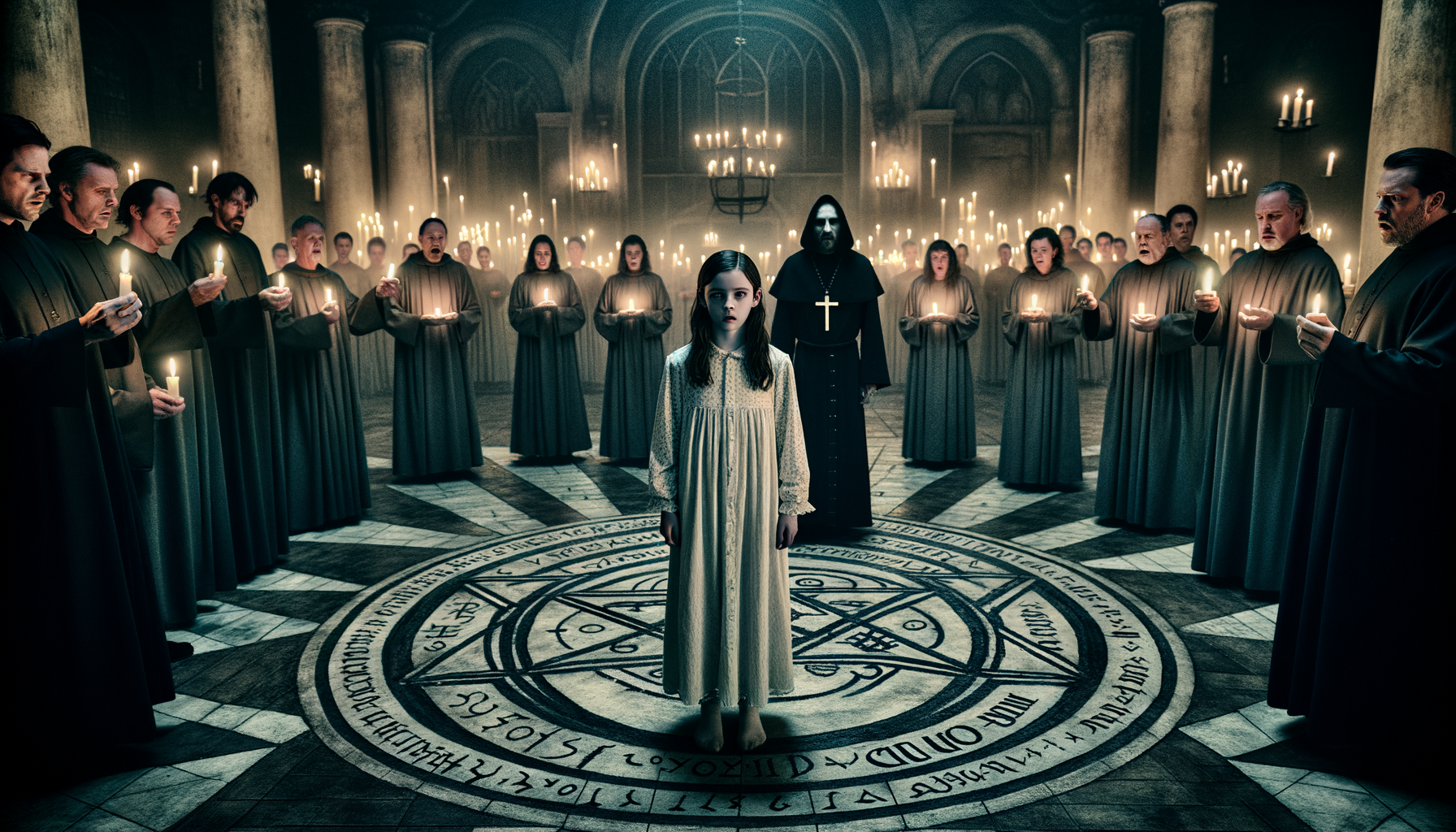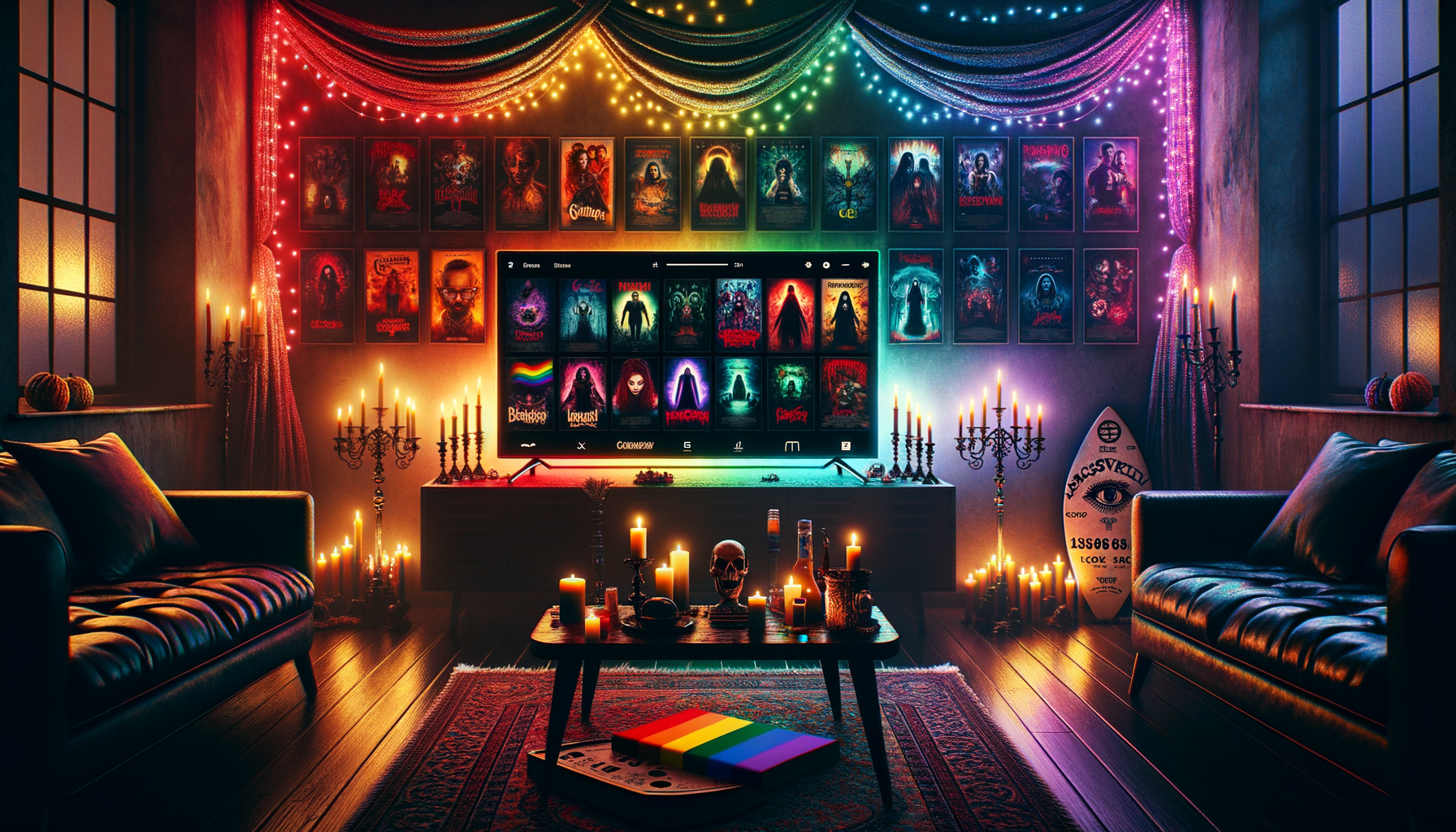Hellblazer comics are a blend of magical adventures and horror that have thrilled readers for decades. You might be surprised to know that John Constantine’s eerie escapades are deeply rooted in classic horror influences! From legendary horror authors to timeless creepy tales, Hellblazer has always expertly weaved fear and the supernatural into its narrative.
Stephen King once said, “Monsters are real, and ghosts are real too. They live inside us, and sometimes, they win.” This perfectly encapsulates the essence of Hellblazer. If you’re itching to uncover the spine-chilling elements that have shaped the series, you’re in the right place!
The Origins of Horror in Hellblazer
The Birth of Constantine
When discussing the origins of horror in Hellblazer, it’s essential to start with the birth of John Constantine himself. This iconic character was brought to life by the creative minds of Alan Moore, Steve Bissette, and John Totleben. Originally conceived during their work on the Swamp Thing series, Constantine was introduced as a streetwise magician and occult detective. The character’s inception was heavily influenced by the dark, mystical themes prevalent in Swamp Thing, setting the stage for the unique blend of horror that would define Hellblazer.
Blending Dark Arts with Horror
John Constantine’s character was introduced in a horror setting, which perfectly showcased his expertise in the dark arts. Hellblazer masterfully blends urban horror themes with occult practices, creating a gritty and unsettling atmosphere. The series delves into the underbelly of society, where magic and malevolence coexist, and Constantine navigates this treacherous world with a mix of cynicism and cunning.
Notable Horror Influences and References
Classic Horror Literature
Hellblazer draws heavily from classic horror literature, with numerous references to the works of writers like H.P. Lovecraft and Edgar Allan Poe. These literary influences are evident in the series’ gothic undertones and intricate storytelling. The dark, brooding atmosphere of gothic novels permeates many of the story arcs, providing a rich backdrop for Constantine’s adventures.
Modern Horror Icons
In addition to classic literature, Hellblazer also takes inspiration from modern horror icons such as Stephen King and Clive Barker. The series pays homage to these contemporary masters of horror through direct references and subtle Easter eggs. These nods to modern horror not only enrich the narrative but also connect Hellblazer to a broader horror tradition.
Key Horror Themes in Hellblazer
Occult and Supernatural Elements
One of the defining features of Hellblazer is its portrayal of magic and demons. The series delves deep into occult practices and rituals, weaving a complex tapestry of supernatural elements. Constantine’s encounters with demons and otherworldly beings are a constant reminder of the thin veil between reality and the supernatural.
Psychological Horror
Hellblazer excels in exploring psychological horror, delving into the fears and anxieties that plague the human psyche. Constantine’s mental struggles are a focal point of the storytelling, revealing the toll that his dark dealings take on his mind. This exploration of fear and internal conflict adds a profound layer of horror to the series.
Body Horror
Graphic depictions of transformation and mutilation are prevalent in Hellblazer, drawing influence from movies and books that feature body horror. The visceral imagery of physical corruption and decay serves to heighten the sense of dread and revulsion, making the horror in Hellblazer both cerebral and corporeal.
Significant Story Arcs with Horror Elements
“Dangerous Habits”
“Dangerous Habits” is one of the most iconic story arcs in Hellblazer, heavily influenced by horror themes. The plot revolves around Constantine’s battle with terminal cancer and his desperate attempts to cheat death by making deals with demons. This storyline is a harrowing exploration of mortality, fear, and the lengths one will go to survive.
“The Family Man”
Another notable arc is “The Family Man,” which delves into the psychological terror of facing a serial killer. This storyline provides a chilling analysis of serial killer tropes and the cat-and-mouse game between Constantine and the titular Family Man. The psychological tension and moral ambiguity make this arc a standout in the series.
“Original Sins”
“Original Sins” introduces readers to the initial dark themes of the Hellblazer series. The storyline is steeped in biblical horror, exploring concepts of original sin and divine retribution. This arc sets the tone for the series, establishing the moral and supernatural complexities that define Constantine’s world.
The Impact of Horror in Hellblazer on Pop Culture
Influence on Other Comics
Hellblazer has had a significant impact on the landscape of mainstream comics, setting a precedent for incorporating horror elements. Its success paved the way for other horror-themed comic series, demonstrating that there is a substantial audience for dark, mature storytelling in the medium.
Adaptations in Other Media
The influence of Hellblazer extends beyond comics, with its horror elements being retained in various adaptations across TV, movies, and video games. These adaptations have brought Constantine’s world to a broader audience, ensuring that the character’s legacy and the series’ unique blend of horror continue to resonate in popular culture.
Conclusion
In summary, Hellblazer is a masterwork that seamlessly integrates horror into its narrative fabric. From its roots in classic and modern horror literature to its profound psychological and supernatural themes, the series has continuously evolved, keeping us on the edge of our seats.
Curious for more terrifying insights? Make sure to explore the Hellblazer series and witness how horror, in all its forms, has shaped the compelling world of John Constantine. Stay spooky, and happy reading!




